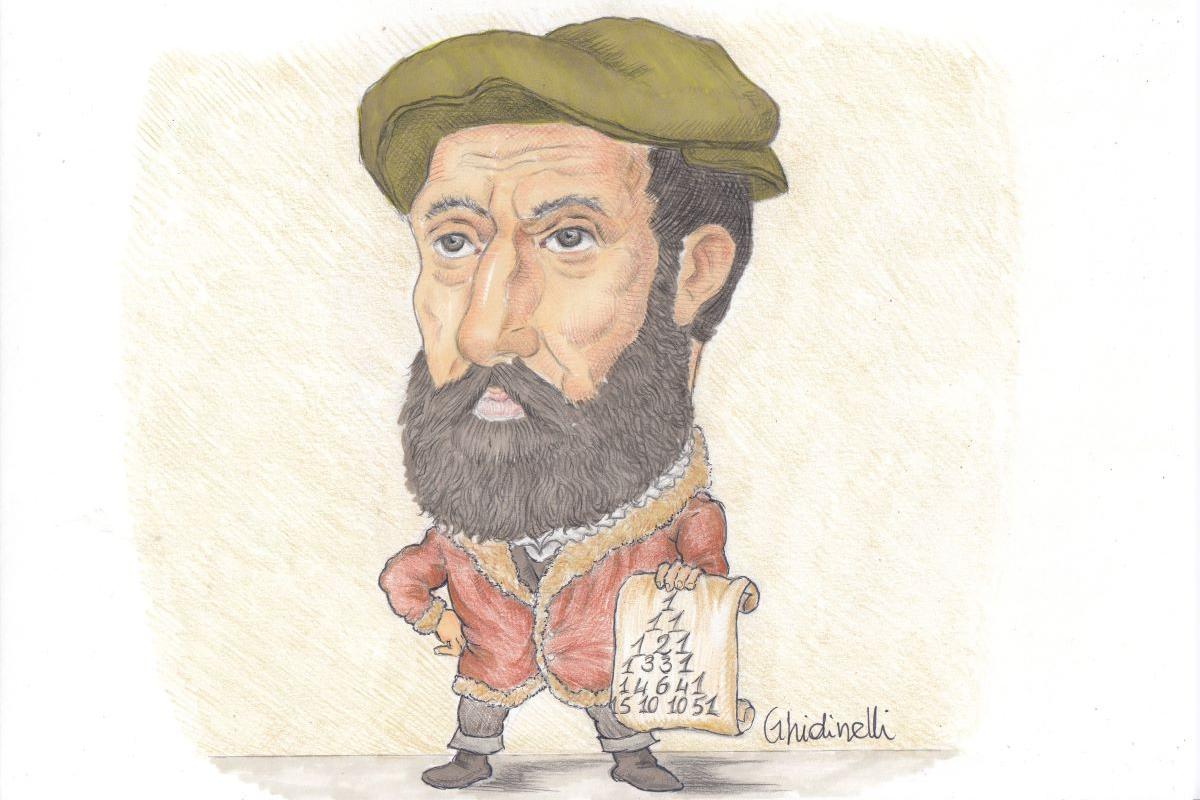He is best known for his invention of solving third-degree equations: Who is Niccolo Tartaglia?
He was wounded during the looting of his city by the French troops. Meanwhile, the wound he received made it difficult to speak in Tartaglia. That's why he was given the nickname Tartaglia, which means 'stutter' in Italian.

Niccolò Fontana Tartaglia was born in 1499 in Brescia, Venice, to a poor family. His father is inter-county postal delivery man Michele Fontana. In 1505, when Tartaglia was only 6 years old, his father was killed. His mother and two siblings remained in poverty. He started school at the age of 4. He was wounded during the looting of his native city of Brescia by French troops in 1512. Meanwhile, the wound he received made it difficult to speak in Tartaglia. That's why he was given the nickname Tartaglia, which means 'stutter' in Italian.
Nicolo known as Tartaglia (1499/1500 – 13 December 1557), was an Italian mathematician, engineer (designing fortifications), a surveyor (of topography, seeking the best means of defense or offense) and a bookkeeper from the then Republic of Venice. He published many books, including the first Italian translations of Archimedes and Euclid, and an acclaimed compilation of mathematics.
For a short time, he made very rapid progress in learning mathematics, which he conducted in Verona between 1516 and 1518 with the help of a private tutor, and later on his own. He settled in Venice in 1534 and started teaching mathematics. The following year, he announced that he had found a method for solving third-degree equations. Tartaglia, who managed to develop his own method while preparing with Antonio Maria Fiore, a student of Ferro of Skipion, the mathematician who first found this solution method, later decided to keep his solution method and invention secret, hoping to become an artillery adviser to the Spanish army. He later agreed to teach Girolamo Cardano on the condition that he never disclose it.
Tartaglia was the first to apply mathematics to the investigation of the paths of cannonballs, known as ballistics, in his Nova Scientia (A New Science, 1537); his work was later partially validated and partially superseded by Galileo's studies on falling bodies. He also published a treatise on retrieving sunken ships.
Tartaglia left Venice in March 1539 and went to Milan.
When Cardano did not keep his word and included this method in his Ars Magna “Great Art” published in 1545, Tartaglia denounced Cardano for breaking his word and for being dishonest in his book Quesiti et inventioni diverse (Various Questions and Inventions), published the following year in 1546. He was harshly criticized, accusing him of lying and stealing. He agreed to compete with Lodovico Ferrari, who defended him, first in correspondence and then before an authorized committee. In the competition held in Milan on 10 August 1548, which resulted in Ferrari's superiority, two scientists asked each other 62 questions on various subjects. Ferrari was declared the winner of this debate. Tartaglia, who was dismissed from his teaching position in Brescia, returned to Venice.
His best-known work, General Trattato din numeri et misure (1556-60, 3 volumes; General Treatise on Numbers and Measures), is an encyclopedic treatise on basic mathematics.
Besides his original contributions to arithmetic, numerical computation, and root-finding techniques, he was the first mathematician to initiate widespread recognition of the work of classical mathematicians by translating Euclid's "Elements" and some of Archimedes' works into Italian. Tartaglia, in his works titled "Various Problems and Inventions" including his accusations against Cardano, and Nova Scientia "New Sciences", which he published in 1537, also included very interesting views on the subject of "oblique shooting" and revealed the laws that determine the behavior of objects that are left in free fall. spearheaded efforts aimed at removing it.
Niccolò Fontana Tartaglia died in poverty at his home near the Rialto Bridge in Venice on December 13, 1557.
